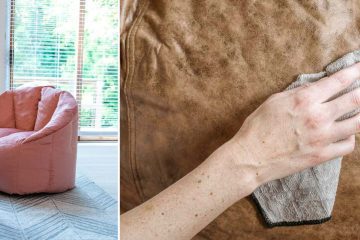Pedicure chairs are a staple in any salon that offers nail services. As with any equipment, it’s crucial to ensure that they function properly to ensure the safety and satisfaction of clients. One of the key components of a pedicure chair is the drain pump, which is responsible for removing water from the basin after each use. This guide will provide a comprehensive overview of the steps involved in installing a drain pump to a pedicure chair.

We will also cover alternative draining options, tips, and best practices for regular maintenance to ensure optimum pump performance. Proper drain pump installation is essential to prevent water damage and ensure safety for salon workers and customers. It’s important to follow guidelines and consult a certified plumber to ensure compliance with local codes and regulations.
Preparing for Installation of Drain Pump to a Pedicure Chair
Before installing a drain pump to your pedicure chair, it’s essential to take some safety precautions and ensure that you have all the required tools and materials. Installing a drain pump is relatively straightforward, but it’s essential to be prepared and take the necessary steps to avoid accidents.
- Firstly, it’s crucial to ensure that the chair is unplugged and turned off. This prevents any electrical shocks or accidents from occurring. Additionally, you may want a bucket or towel nearby to catch any water that may spill during the installation process.
- Next, you will need to gather the required tools and materials for the installation. This may include a drill, screws, a screwdriver, and a drain pump. It’s important to check the manufacturer’s instructions for specific tools and materials required for your pedicure chair model.
- Before starting the installation, it’s also a good idea to familiarize yourself with the chair’s drainage system layout. This helps to ensure that you’re aware of the location of the drain hose and the hole where the pump will be inserted.
By taking these necessary safety precautions and ensuring that you have all the required tools and materials, you can be confident that the installation process will be smooth and free of accidents.
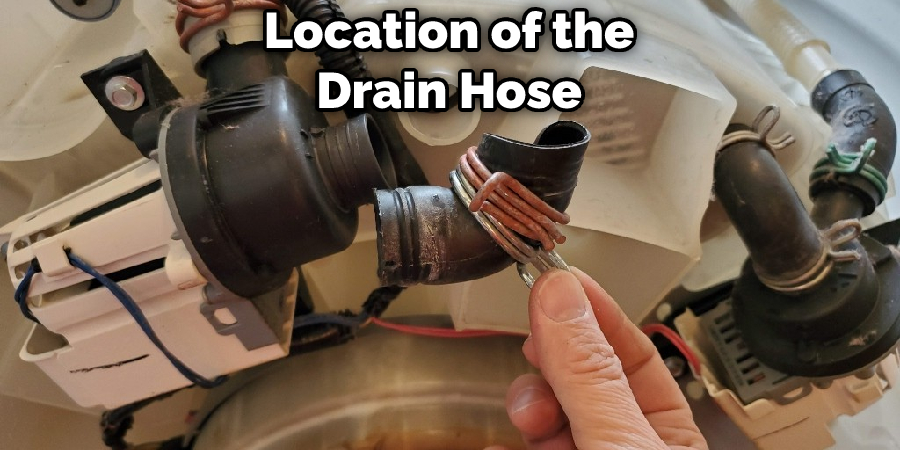
7 Step-by-Step Guide for How to Install a Drain Pump to a Pedicure Chair
Installing a drain pump to a pedicure chair is a simple process that can be done with a few basic tools and materials. Here’s a step-by-step guide on how to install a drain pump on a pedicure chair.
Step 1: Turn Off and Unplug the Chair
Safety first! Turn off and unplug the chair before starting the installation process. This prevents any accidents from happening while you are working with the chair.
Step 2: Locate the Drain Hose
The drain hose is usually located near the back of the chair. It will either be on the left or right side of the chair.
Step 3: Find the Hole in the Hose
Look for a hole in the drain hose into which the pump will need to be inserted. The hole will be approximately an inch in diameter.
Step 4: Insert the Pump Into the Hole
Take the pump and insert it into the hole, ensuring it is snug. If the pump is loose, it could fall into the drain or get stuck in the hole, which could cause damage to the pump.
Step 5: Secure the Pump
Once the pump is in place, secure it with screws provided by the manufacturer. You can also use zip ties if screws are not available.
Step 6: Test the Pump
After securing the pump, test it by filling the basin with water and turning it on to ensure it is working correctly. If the pump does not turn on, check to see if it is properly connected to the basin and the chair.
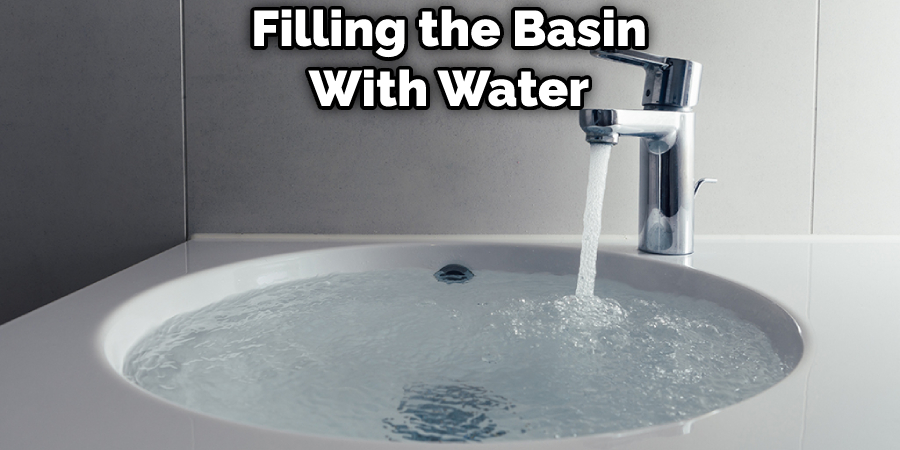
Step 7: Clean Up
Once the pump is installed and tested, clean up any water spills and dispose of any packaging materials or tools.
Following the manufacturer’s instructions for your pedicure chair model is essential, as specific tools and materials may be required for your installation. Additionally, consult with a certified plumber to ensure your installation is up to code and in compliance with local regulations. These simple steps will ensure that your pedicure chair is functioning correctly and provides a comfortable and safe experience for your clients.
You Can Check It Out to Install Chair Rail Without a Nail Gun
Alternative Options for Pedicure Chair Drainage
While a drain pump is a common option for draining water from a pedicure chair, alternative options may be more suitable for your salon.
Floor Drain
A floor drain is a common and reliable option for draining water from a pedicure chair. This option requires a professional plumber to install a drain on the salon’s floor, providing an easy and efficient way to remove water from the chair.
Wall Drain
If a floor drain is not an option, a wall drain is another alternative. This option requires a professional plumber to install a drain in the wall behind the chair, allowing water to drain out and into the drain.
Gravity Drain
A gravity drain is a more affordable option that does not require a pump or drain. It requires a slope in the floor that allows water to flow toward a drain or sink. While this option may be less expensive, it can be less efficient and require more maintenance than other options.
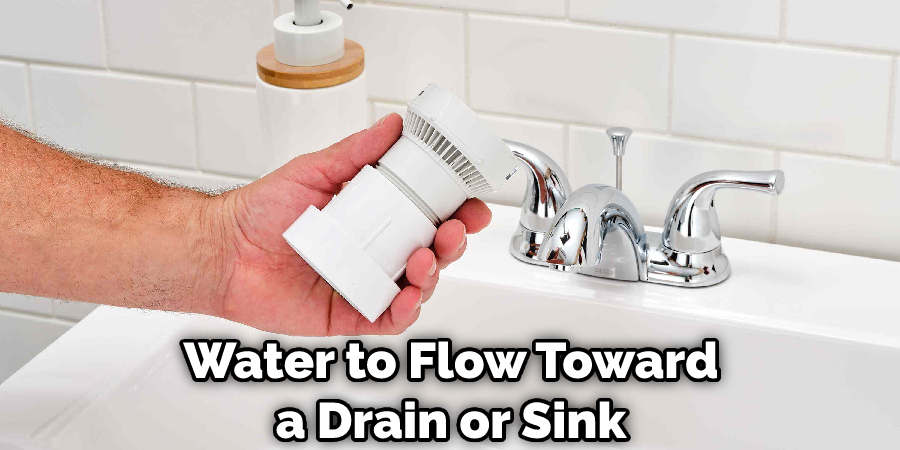
Portable Drain Pump
A portable drain pump is an option for salons that cannot install a permanent drain. These pumps are designed to move easily from chair to chair, allowing easy water removal.
It’s essential to consider your salon’s specific needs and resources when choosing a drainage option for your pedicure chairs. Consult with a professional plumber or experienced salon equipment supplier to determine the best option for your salon.
5 Tips and Best Practices for Installing a Drain Pump
Here are some tips and best practices to keep in mind when installing a drain pump or considering alternative options for draining a pedicure chair:
Safety First
Before you start any installation process, ensure that the pedicure chair is unplugged and turned off to prevent any electrical accidents. Additionally, if you’re not familiar with plumbing or electrical work, it’s recommended to hire a professional plumber or electrician to install your drain pump or alternative drainage option.
Follow the Manufacturer’s Instructions
Whether installing a drain pump or a floor drain, following the manufacturer’s instructions for your equipment is important. This will ensure that the installation is done correctly and that the equipment functions.
Use Proper Equipment
Ensure you have all the necessary tools and equipment before starting the installation process. This includes tools such as screwdrivers, pliers, and a pipe cutter if required. Using the right equipment will make the installation process easier and more efficient.
Regular Maintenance
Once your pedicure chair drainage system is installed, ensure it’s regularly maintained to keep it functioning correctly. This includes cleaning the drain pump or checking the floor drain for any blockages regularly. Neglecting the maintenance of your drainage system can lead to costly repairs or replacement.
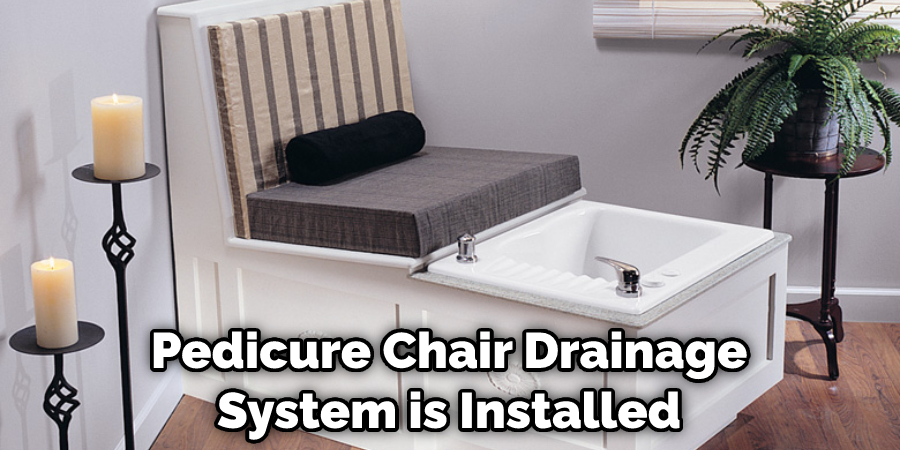
Consider Clients’ Safety
Lastly, always consider the safety and comfort of your clients when installing or using any pedicure chair drainage system. Ensure that the water flow rate is suitable and not too strong, which can cause discomfort or injury to your clients. Additionally, ensure that your drainage system is secure and does not pose a tripping hazard to clients or staff.
By following these tips and best practices, you can ensure that your pedicure chair drainage system is installed correctly and maintained efficiently, providing a safe and comfortable experience for your clients.
Pedicure Chair Maintenance
Maintaining a pedicure chair is crucial to ensure customer satisfaction and avoid state board fines. Maintenance involves proper cleaning and disinfecting of the chair and its removable parts, which should be done with commercial-grade disinfectant or a diluted bleach solution. Special attention should be paid to the filter screen, inlet jets, and other removable parts during disinfecting. Additionally, considering the surface durability and ease of cleaning is essential when purchasing a pedicure spa chair. Regular maintenance services, such as quarterly check-ups, are also available to extend the lifespan of the equipment.
FAQs About Installing a Pedicure Chair Drain Pump
Do You Need a Discharge Pump for Pedicure Chair?
No, a discharge pump is not always needed for a pedicure chair. Gravity draining may be sufficient if the pedicure chair has a built-in drainage system. However, if the drain point is above ground level, a discharge pump may be necessary to move the water from the chair to the drain. Additionally, installing a discharge pump can be a cost-effective solution if underground plumbing is unavailable.
Is a Fully Plumbed Pedicure Chair Portable?
A fully plumbed pedicure chair is not portable because it requires a permanent connection to the salon’s plumbing system. However, portable pedicure chairs offer an inexpensive and flexible alternative to stationary units. These portable chairs typically do not require plumbing and can be easily moved from one location to another.
Conclusion
In conclusion, installing a drain pump on your pedicure chair is necessary to ensure efficient and hygienic water drainage. As we’ve seen, there are various options for draining your pedicure chair, including installing a drain pump or using a floor drain. Whichever option you choose, it’s important to follow the manufacturer’s instructions, use the proper equipment, and consider the safety and comfort of your clients.
Regular maintenance is also essential to keep your drainage system functioning correctly, reducing the risk of costly repairs or replacements. By keeping these tips and best practices in mind, you can ensure that your pedicure chair drainage system is installed correctly and maintained efficiently, providing a safe and comfortable experience for your clients.


